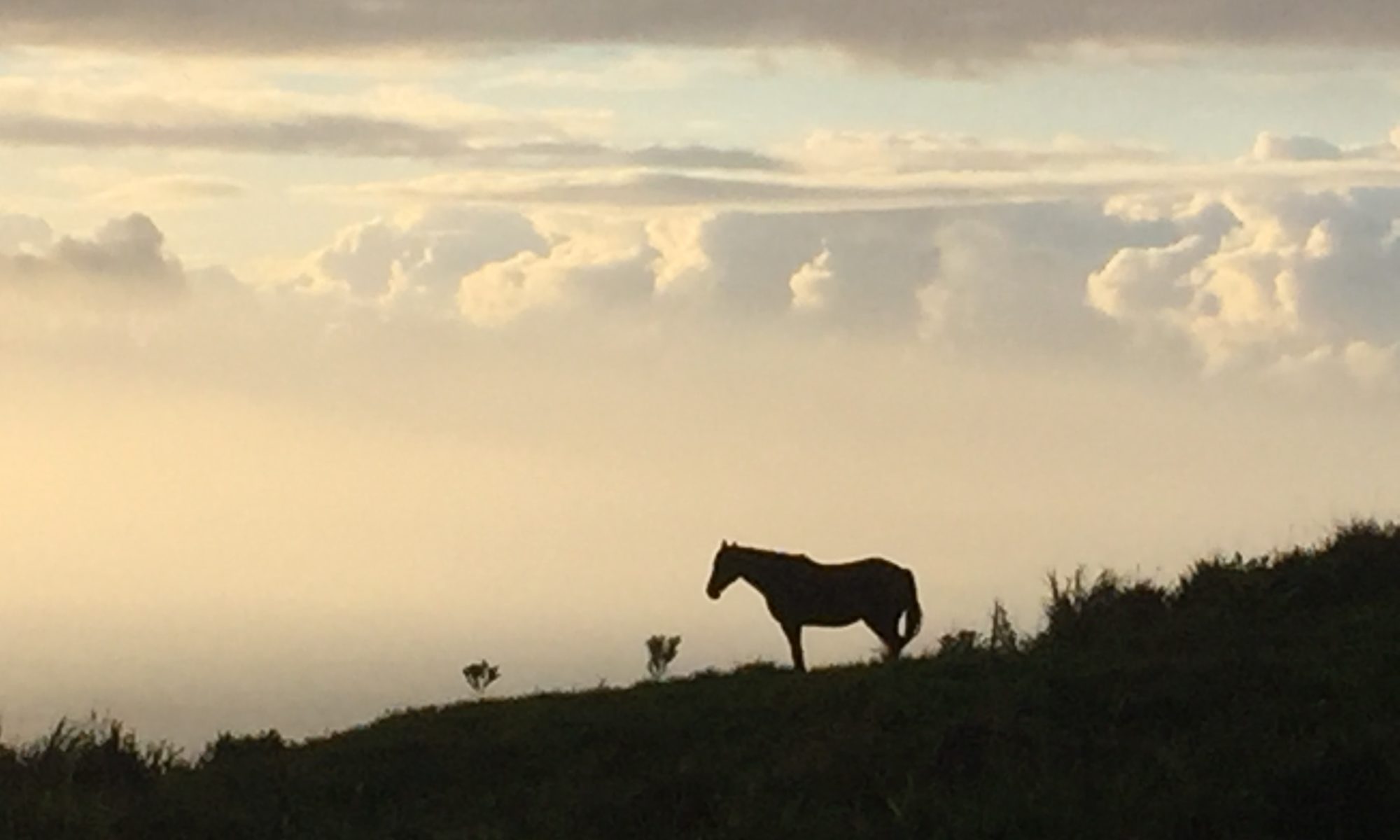Humans haven’t always been ignorant of how our world and our civilization worked. I was intrigued by this image of a church in Houston Texas recently flooded during Hurricane Harvey. The picture above is of the old First Baptist Church of Orange, Texas completed and dedicated on September 14, 1915. The architect is not known. The First Baptist congregation has built newer buildings in the years since and the current building may be sold to the city and demolished to make way for new development. What I found striking about this picture was the main floor was well above the flooding from Hurricane Harvey because it was built well above flood levels.
Perhaps the people of Houston built this church in response to the Great Galveston Hurricane, known regionally as the Great Storm of 1900, a Category 4 storm that made landfall in Galveston on September 8, 1900. A storm surge of 15 ft (4.6 m) washed over the long, flat island-city, which was only 8 ft (2.4 m) above sea level, knocking buildings off their foundations and destroying over 3,600 homes. The disaster ended the Golden Era of Galveston, as the hurricane alarmed potential investors, who turned to Houston instead. The whole island of Galveston was subsequently raised by 17 ft (5.2 m) and a 10 mi (16 km) seawall erected. [https://en.wikipedia.org/wiki/1900_Galveston_hurricane]
On September 17, 1947, a Category 4 hurricane struck southeast Florida, generating an 11-foot storm surge at Palm Beach. The seawater at Palm Beach on that date reached the highest recorded level, even topping a 9.8-foot storm tide generated by the “Lake Okeechobee Hurricane” of 1928. Both of these storms generated high enough storm surges to inflict substantial damage along the coast.

Hurricane damage at the Seacrest Hotel – Delray Beach, Florida. 1947. Black & white photoprint, 8 x 10 in. State Archives of Florida, Florida Memory. <https://www.floridamemory.com/items/show/38352>, accessed 8 September 2017.
The beach in the photo above is damaged severely, but the building looks intact. Why is there so little observable damage to the building? Why are the trees still standing with palm fronds intact? Could it be that the walls of the building were built thick enough and strong enough to resist the wind; that the palm trees growing in sand instead of surrounded by concrete sidewalks had better root support?
It is so easy to find information about the past, old ways of building that may be more resilient than newer ways. Permaculture, shorthand for permanent culture, teaches sustainable ways of producing food, building homes and communities, ways to conserve and reclaim land from desert, replant forests. We do have ideas. Humans are very good at surviving climate change. Think of how many ice ages our ancestors survived! We simply need to remember what we have forgotten…that life is a hard won endeavor not an entitlement.

